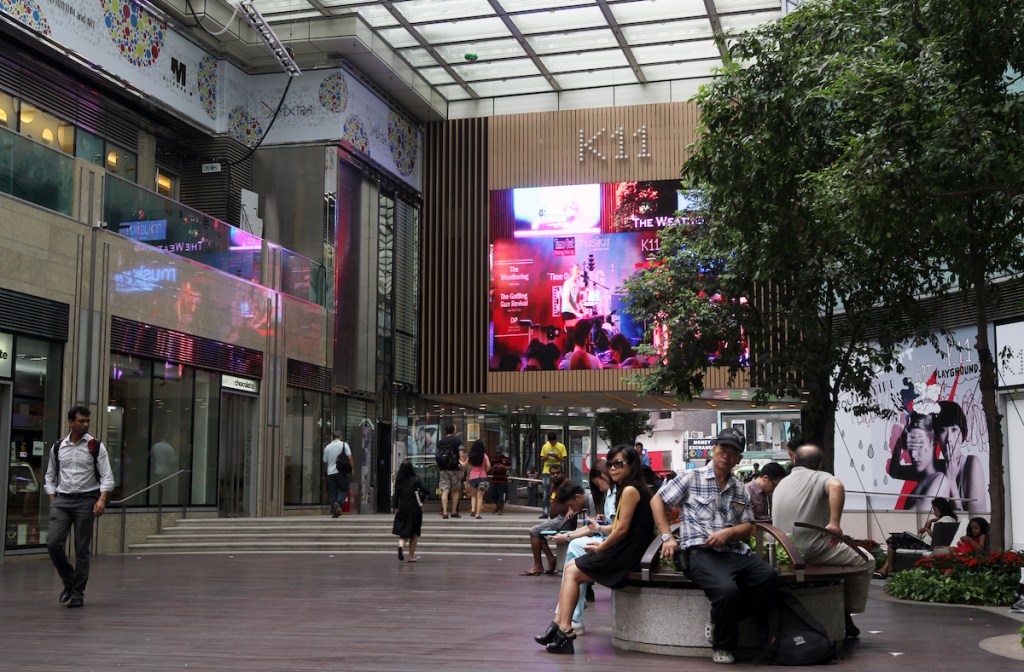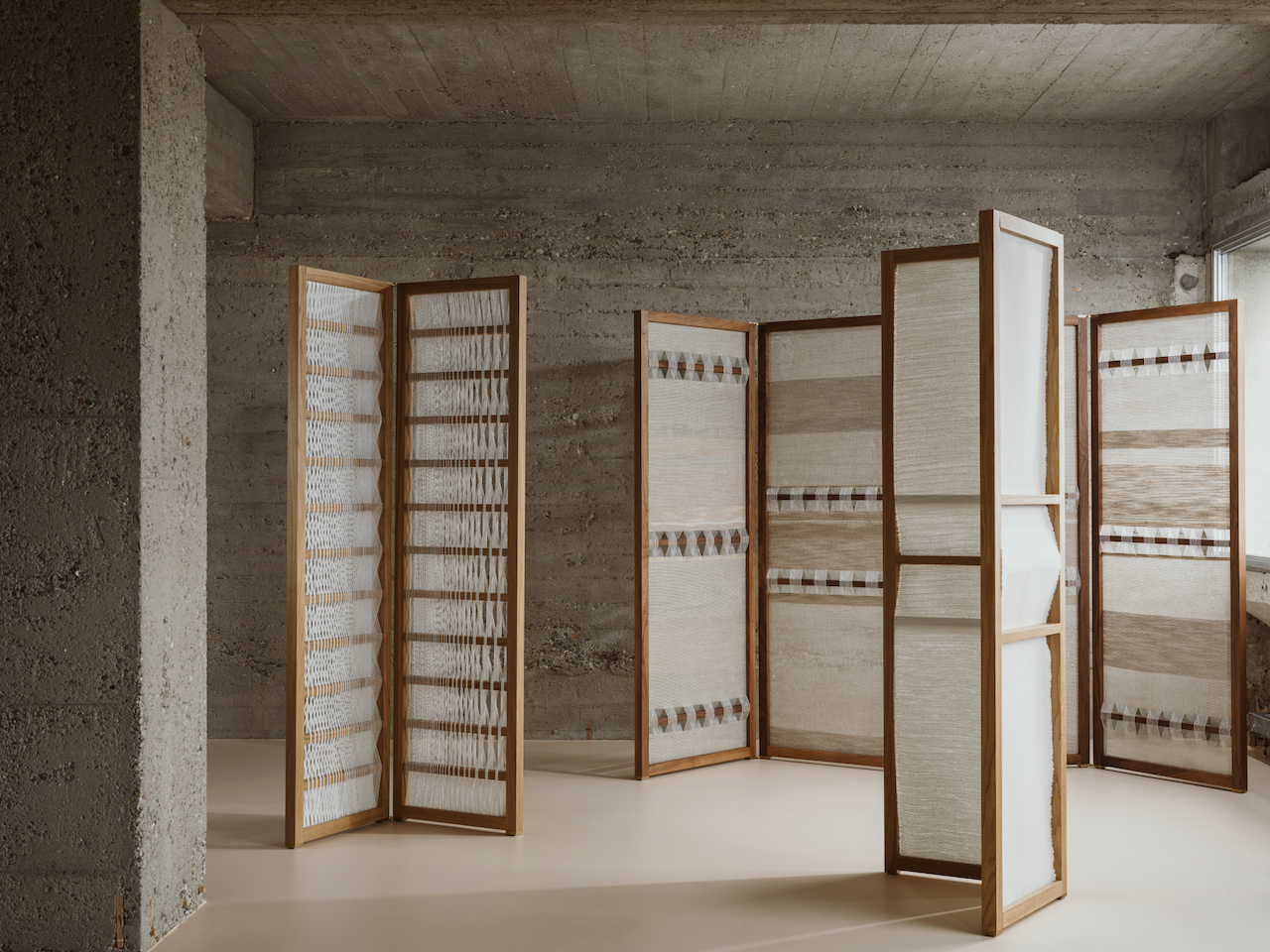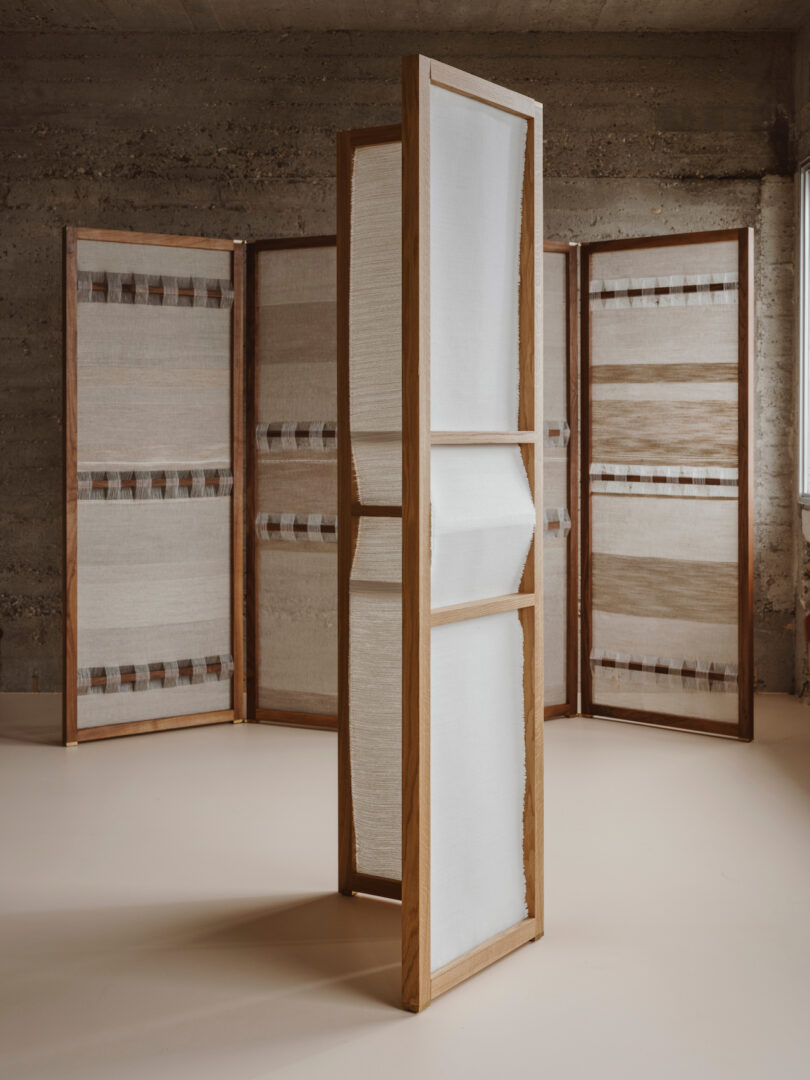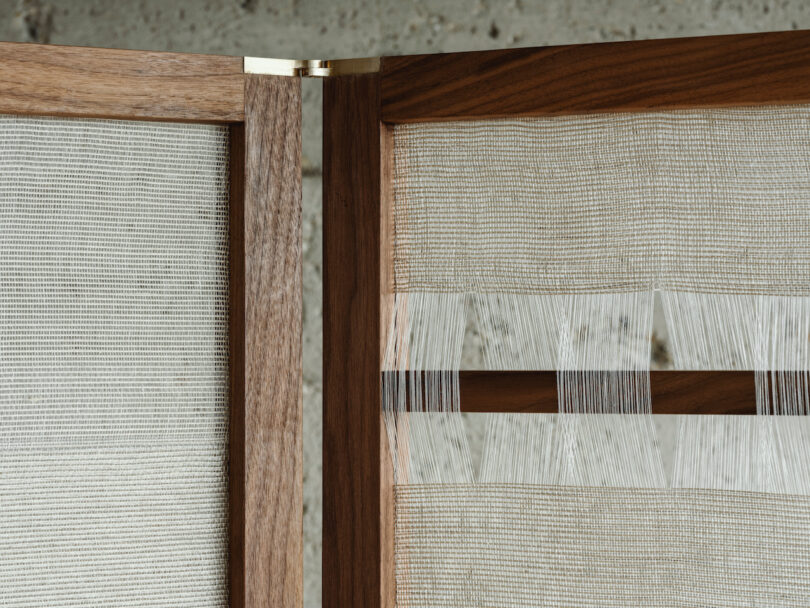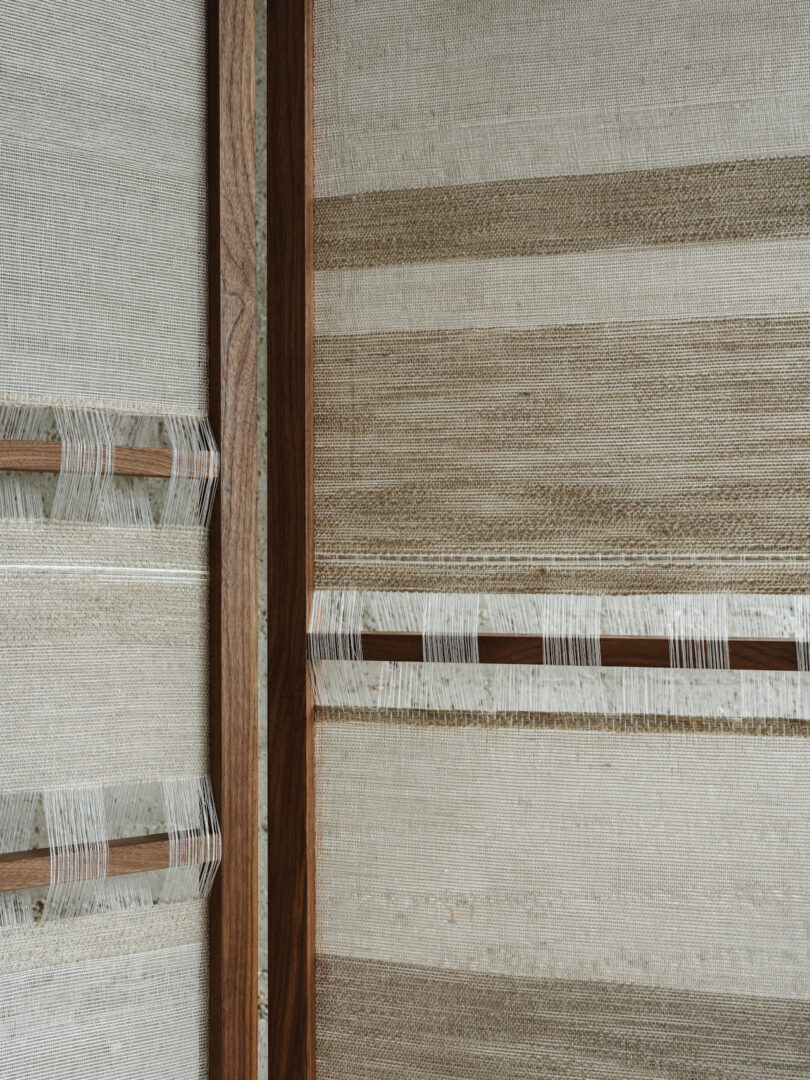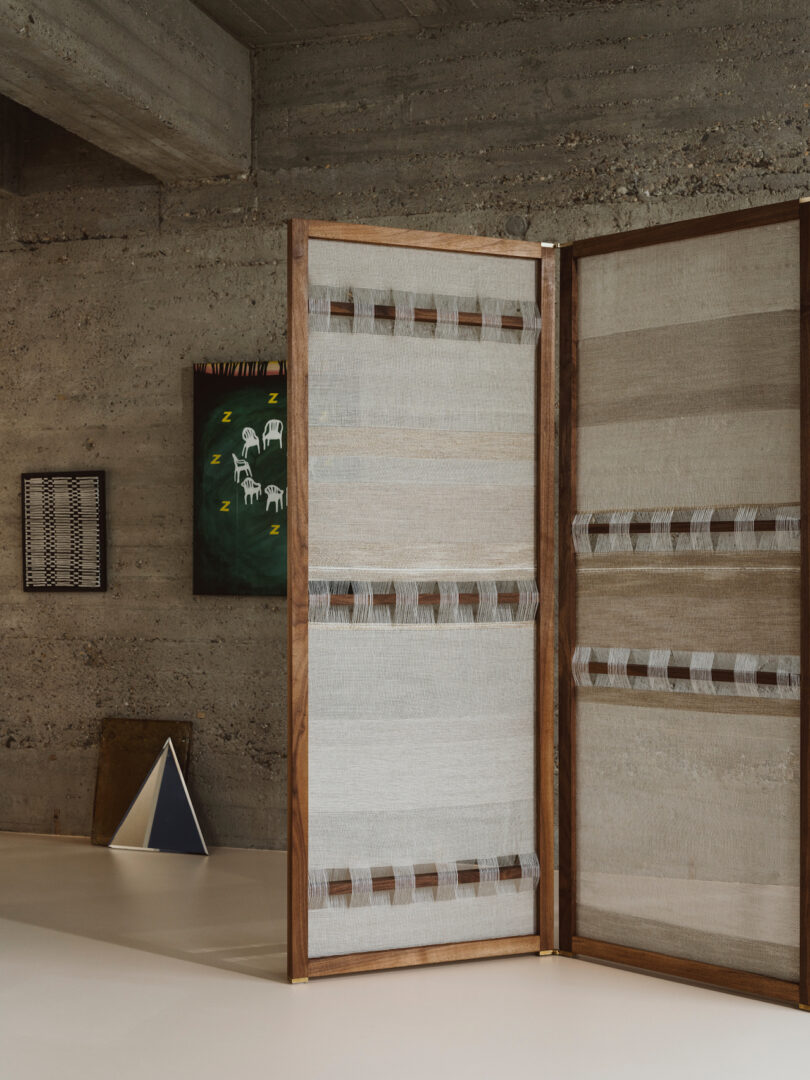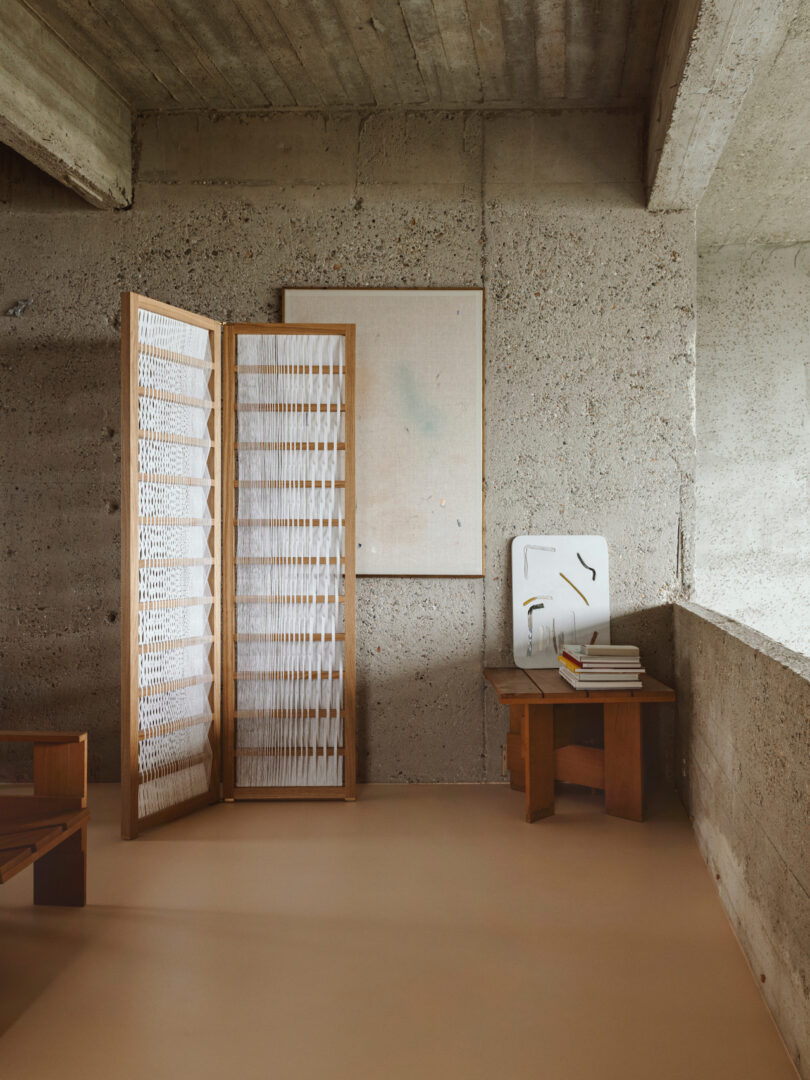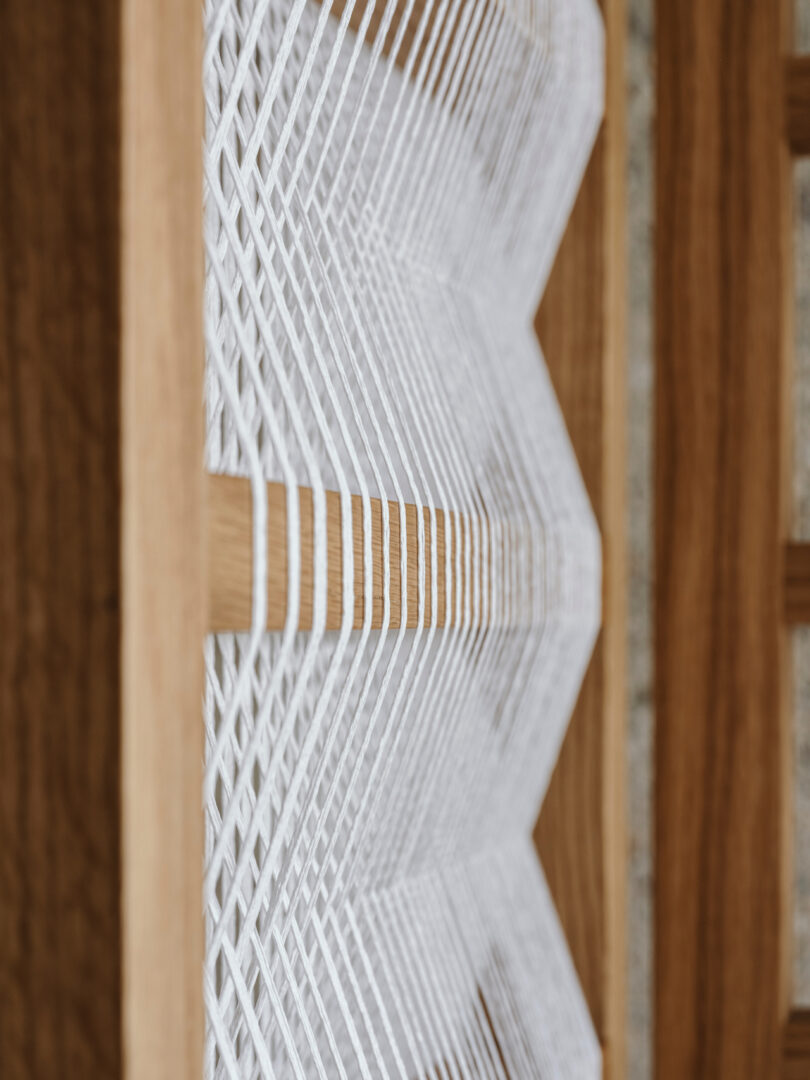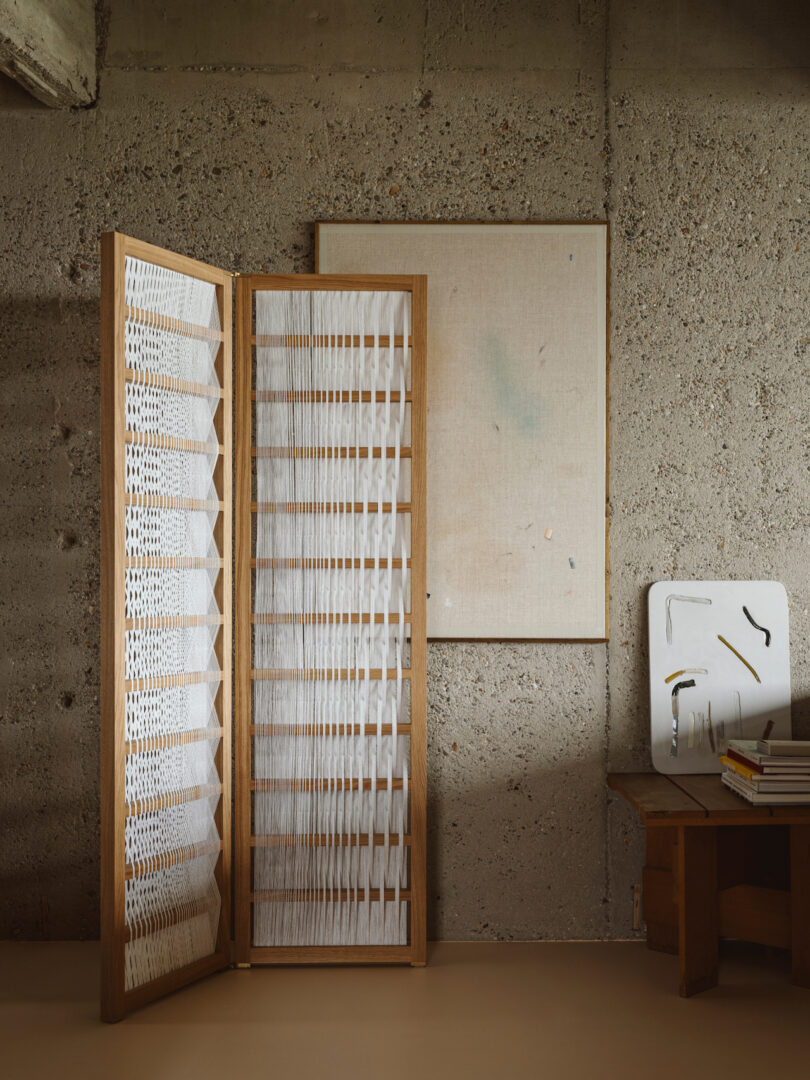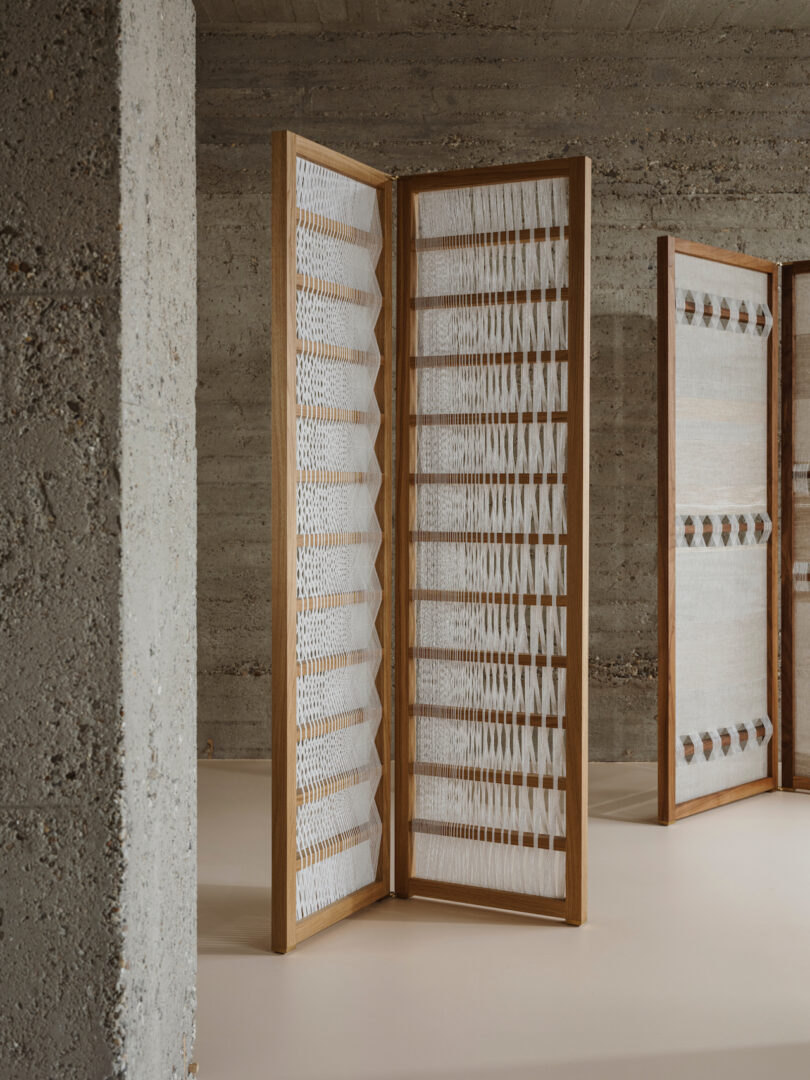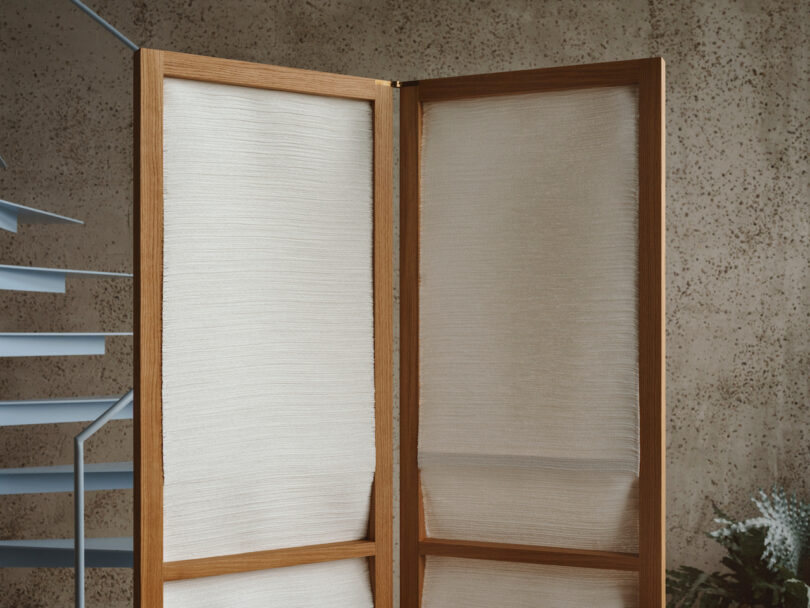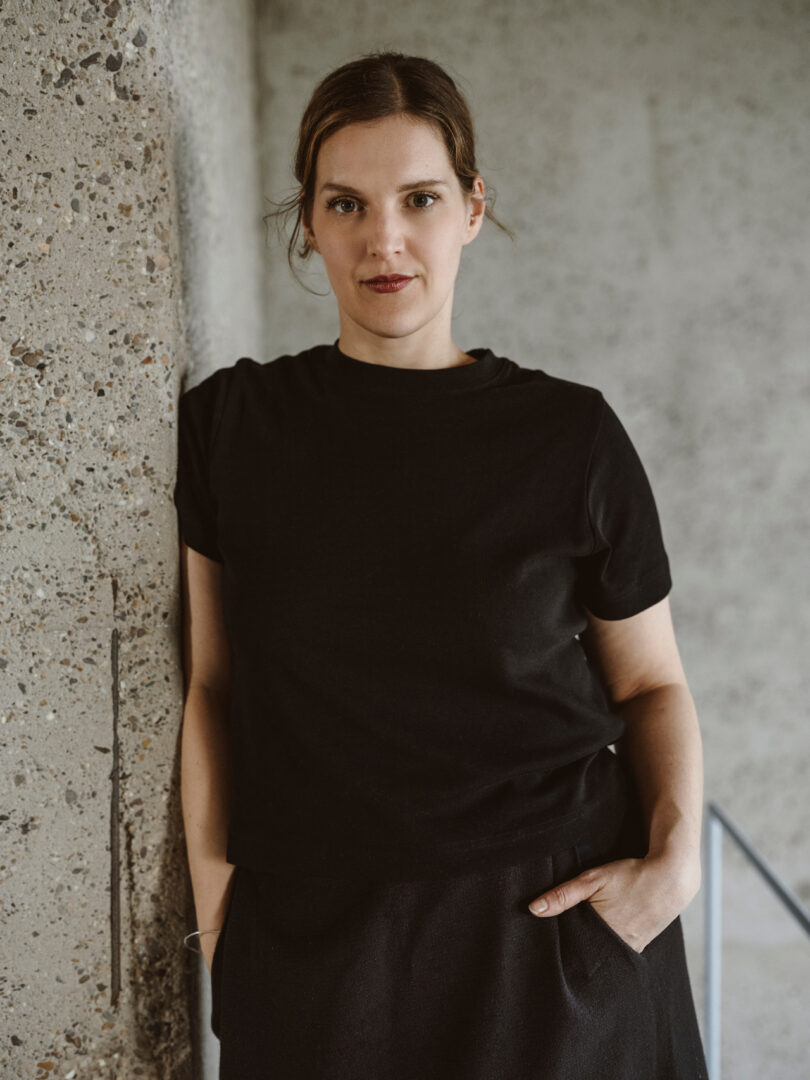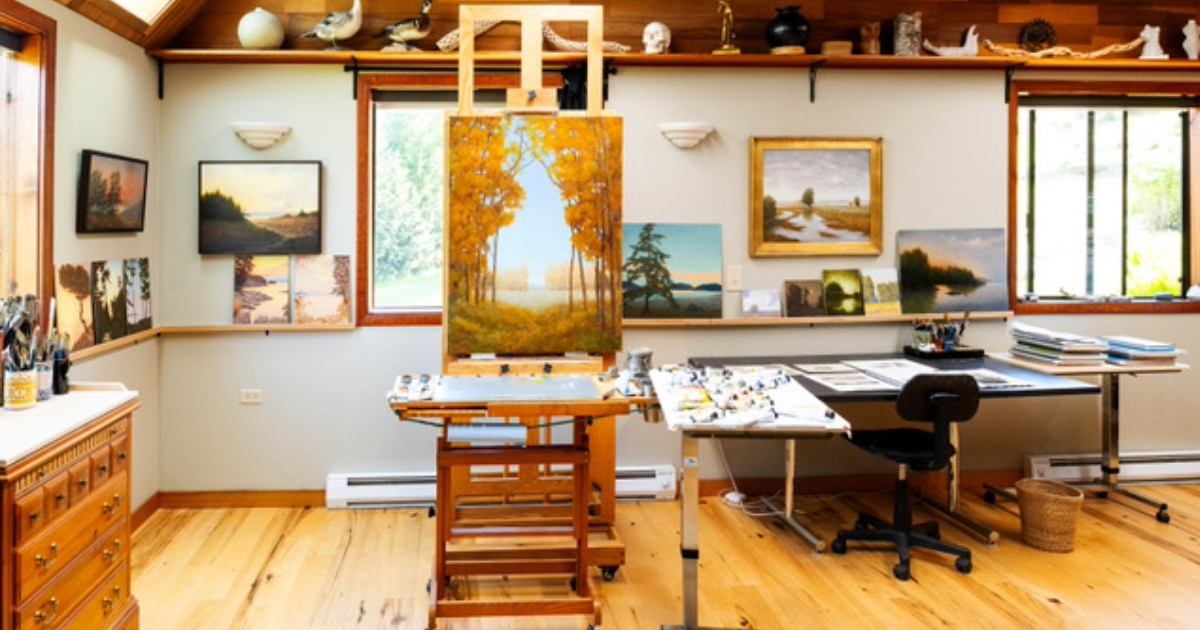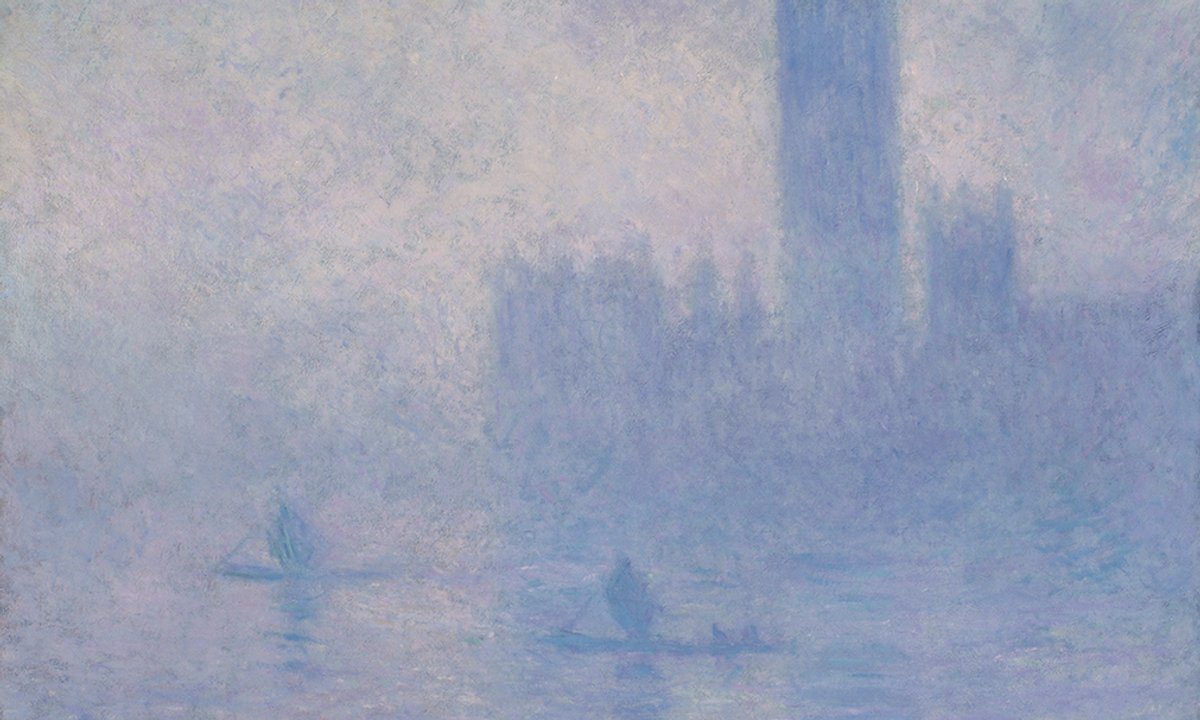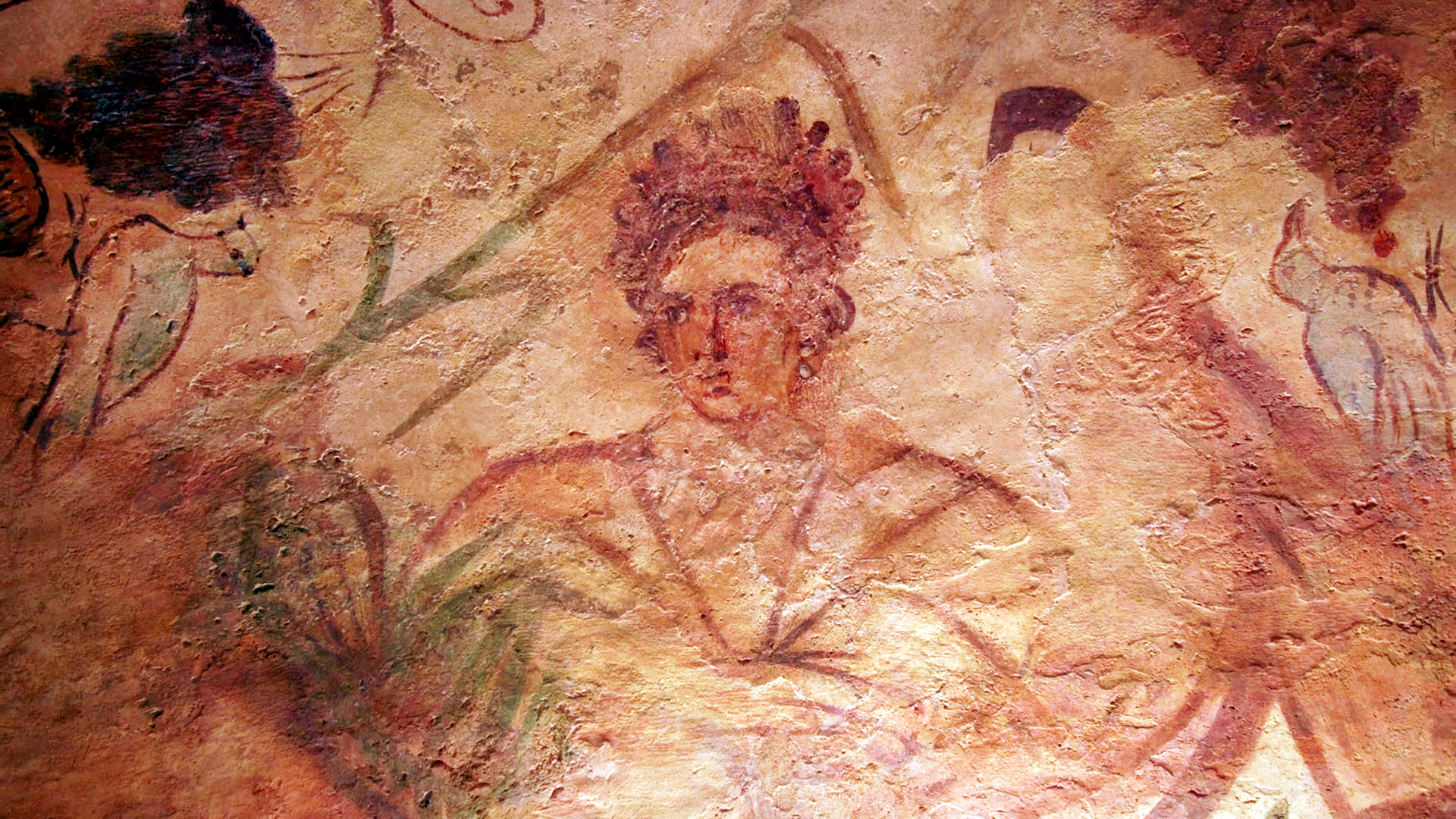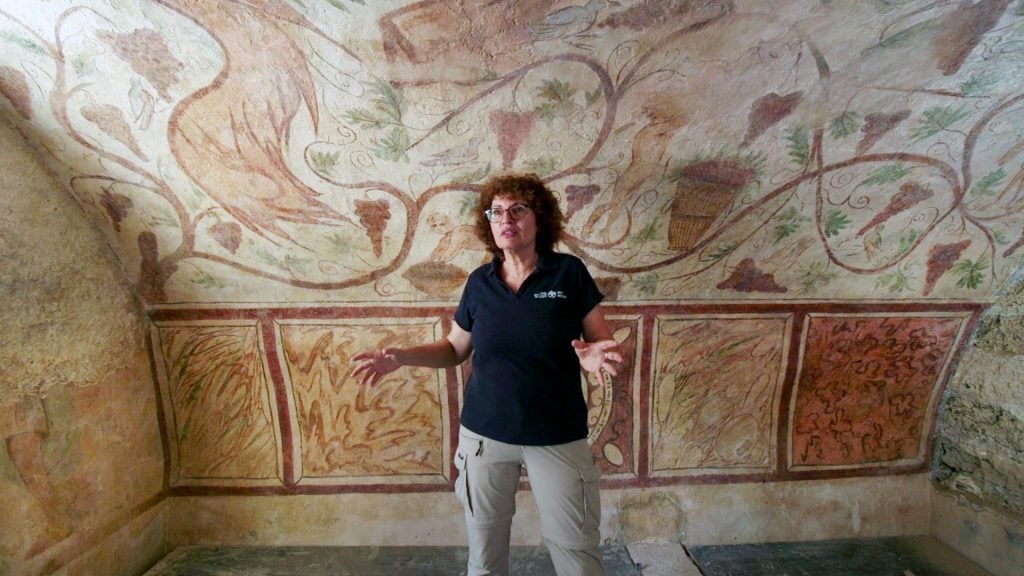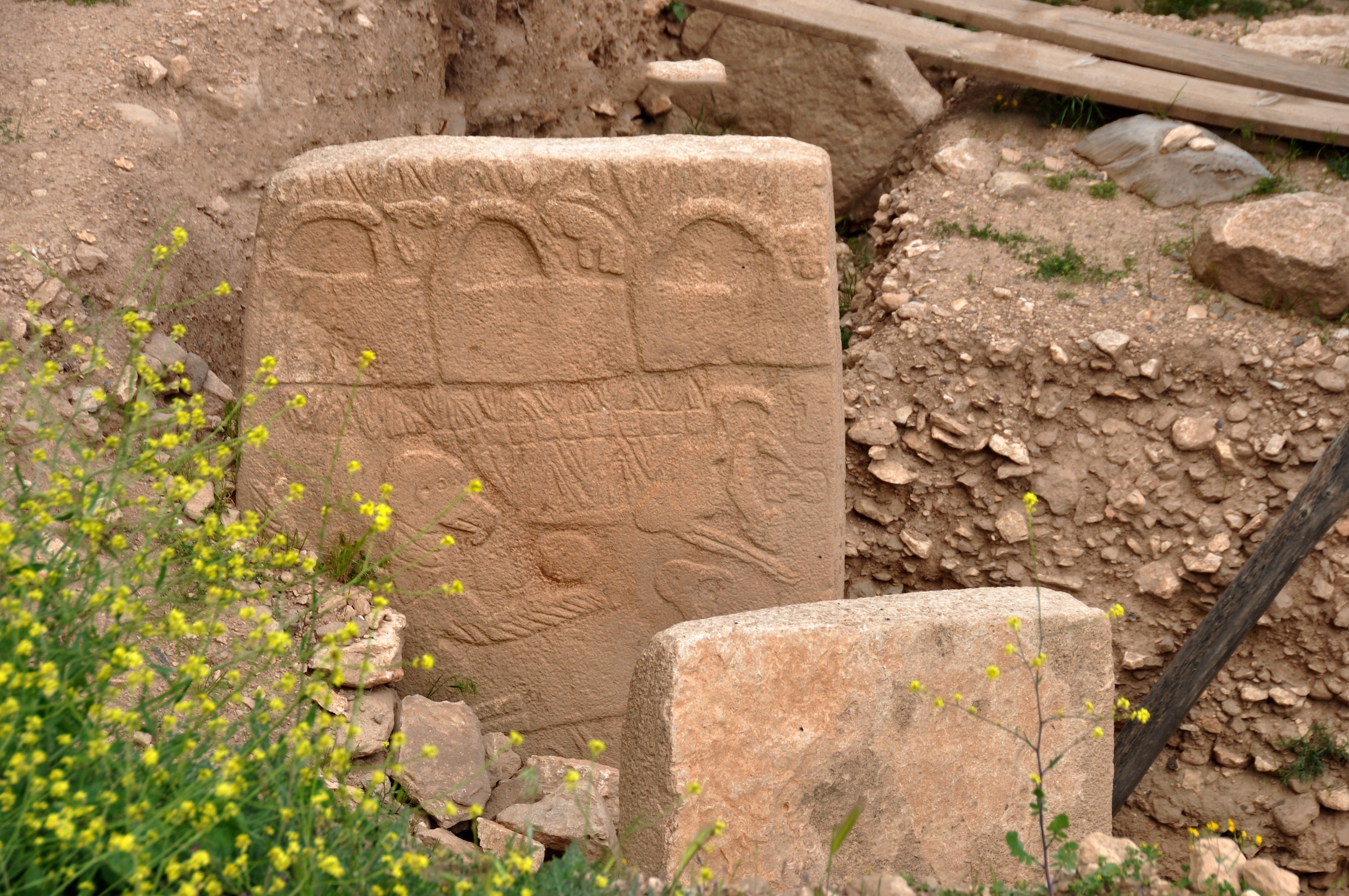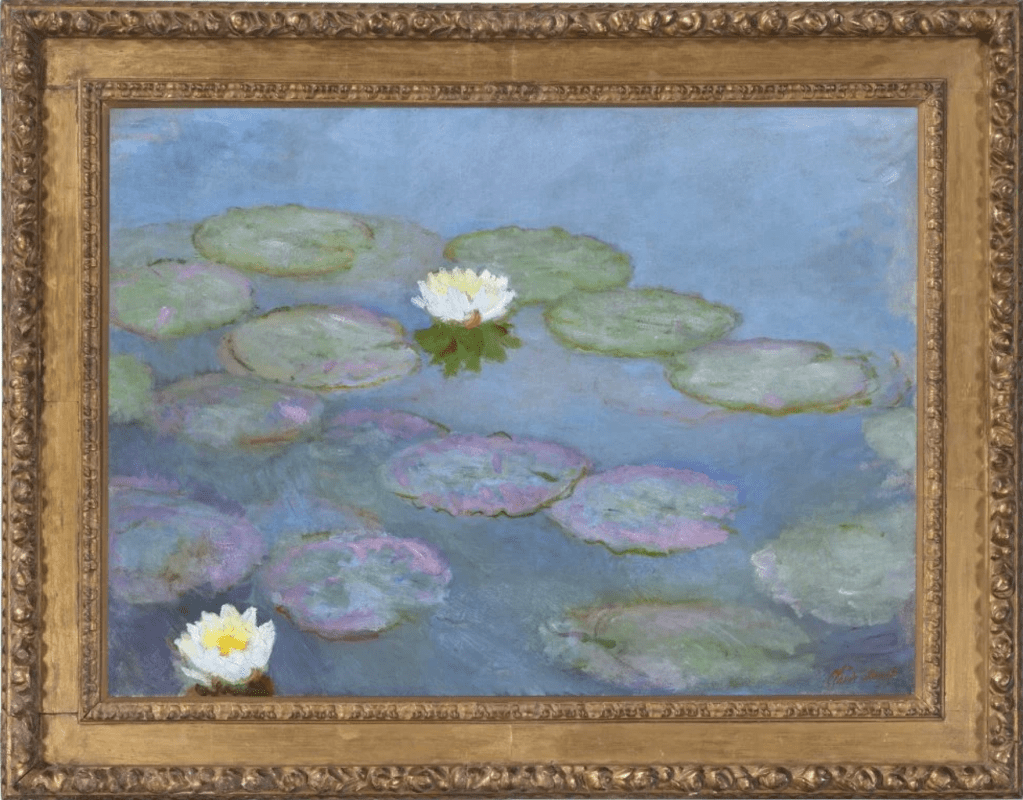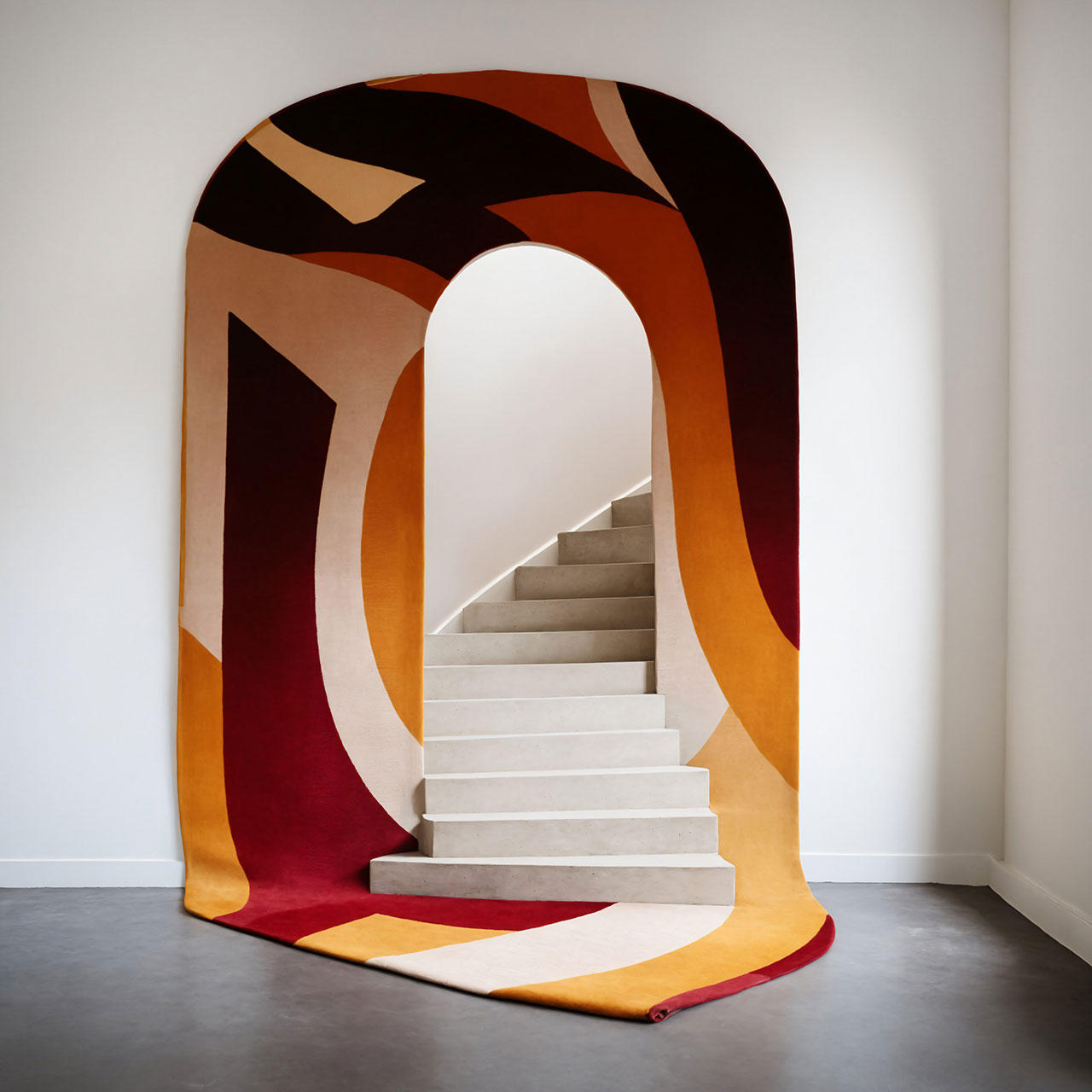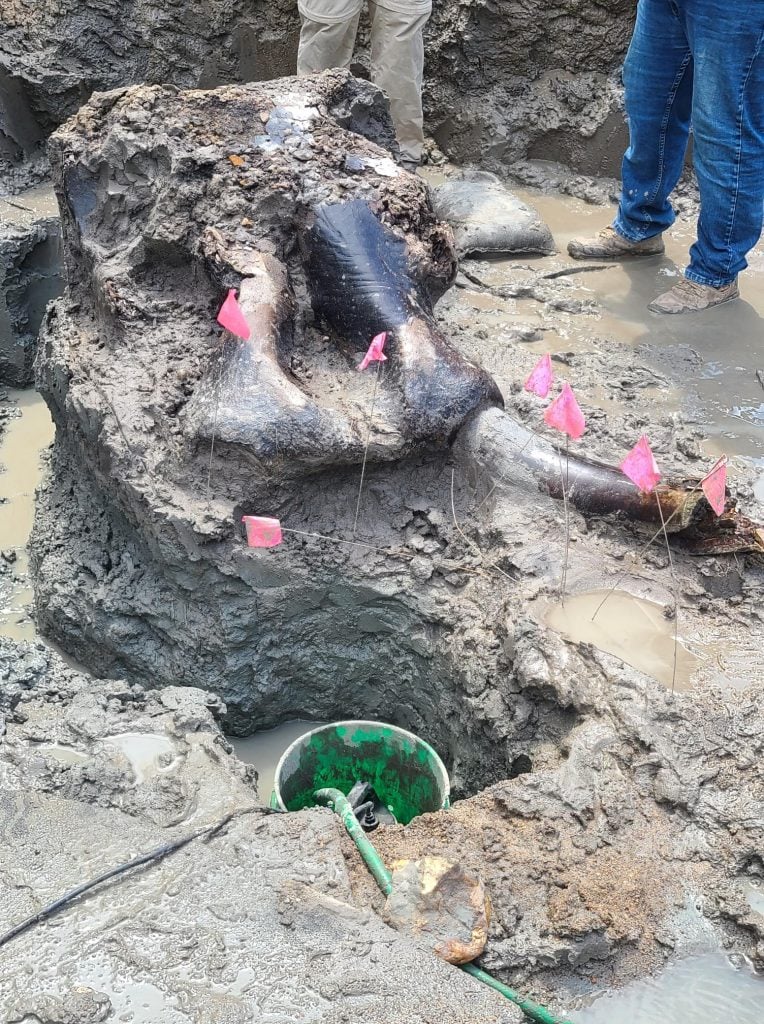Chinese Company Places $1.2 B. Bid for K11 Art Mall in Hong Kong
[ad_1]
In a shock development that sparked headlines in Bloomberg, the Business Times, and Sing Tao this past week, K11 Art Mall in Hong Kong’s shopping district, Tsim Sha Tsui, received a $1.2 billion offer from CR Longdation, a state-owned Chinese company and a subsidiary of China Resources Holdings Co.
K11 Art Mall is owned by Hong Kong–based property firm New World Development, which was founded by Cheng Yu-tung in 1970. His son, the billionaire Henry Cheng, is its chairman. Cheng’s grandson, Adrian Cheng, currently serves as the company’s CEO and is a familiar face on the annual ARTnews Top 200 Collectors list.
Per Bloomberg Billionaires Index, the family is worth more than $20 billion.
Adrian Cheng launched the K11 Group, which includes various entities such as K11 Craft and Guild Foundation and the K11 Art Foundation. The latter, an internationally renowned foundation, has staged more than 60 exhibitions across China’s major cities and beyond, showcasing works by some of the world’s leading contemporary artists, including Katharina Grosse, Guan Xiao, Neïl Beloufa, Zhang Enli, and Oscar Murillo.
Cheng’s K11 Group also propagated the concept of combining art and commerce with K11 art malls across Hong Kong and mainland China. In Hong Kong alone, there are two well-known malls, the older K11 Art Mall and the expansive, relatively new development K11 Musea at Victoria Dockside.
Speaking with ARTnews, Pascal de Sarthe, founder of de Sarthe gallery in Hong Kong, said, “I have great respect for what K11 has done over the years. They have made a consequential contribution to the development of Hong Kong culture. They are not afraid of taking risks. They have hosted successful solo exhibitions of some of our previously unknown young artists, demonstrating a true passion for art.”
Even as the reports on a bid for the sale of K11 Art Mall emerged, Cheng publicly expressed confidence about Hong Kong, a city with an increasingly saturated fair ecosystem and a struggling gallery scene. This past week, Cheng, who is the committee chair of Hong Kong’s Mega Arts and Cultural Events (ACE) Fund, attended the sudden launch of ART021 Hong Kong. The brand new fair was initiated by the organizers of Shanghai’s ART021, mainly because they were invited to apply to the $178.8 million fund.
Cheng posted about the fair on Linkedln, writing: “With the support from Mega Arts and Cultural committee, yesterday we launched ART021 Hong Kong, one of Asia’s largest Art Fair. With this, we are creating a VIP economy and enhancing Hong Kong’s position as a centre for East-West art exchange while integrating art into daily life.”
The fair saw strong crowds during its opening, but local industry insiders said they were unhappy with the quality of the event and its government funding.
That statement came on the heels of Cheng’s recent comments, as reported by Bloomberg: “I’m very confident [Hong Kong] will be number one for family office wealth management in the future.”
The possible sale of K11 Art Mall will not be a one-off for Cheng and New World Development.
In March, Cheng announced during an earnings press conference that the developer increased its target for offloading non-core assets from HK$6 billion to HK$8 billion this financial year. Bloomberg reported that this was “part of its plan to improve financial health”.
According to a statement released the same week, New World Development sold all of its interest in D-PARK, a shopping mall, and its parking space in the Tsuen Wan area in Hong Kong to local developer Chinachem Group for HK$4.02 billion ($514 million). The company said it planned to continue to dispose of some of its assets. The company also said it planned to lower operation expenses and repurchase bonds in the future.
Falling property prices and rising interest rates have placed immense pressure on Hong Kong’s top developers. After several Chinese developers defaulted from mid-2021 onward, investors have been dumping New World Development Co. shares and bonds, reportedly because of its high leverage and rapid expansion in China.
In fact, just this July, Hong Kongers turned up in droves for the heavily discounted sale of flats at Pavilia Forest I, a joint project between New World Development and Far East Consortium in the Kai Tak district.
According to at least one source close to K11 Art Museum in Shanghai, “Business brokerage is not doing well right now. A lot of malls are laying off workers or finding other companies to run the malls in such a way to reduce operating costs. There are fewer and fewer companies that still insist on doing their own art parts, and they are all looking for ways to cooperate.”
A spokesperson from K11 Art Foundation told ARTnews that programming is scheduled through 2026 and that the foundation is focused on the launch of K11 Ecoast, a massive cultural-retail complex slated to open on the Shenzhen waterfront in 2025. However, the foundation spokesperson did not respond to queries regarding the possible sale of K11 Art Mall in Hong Kong.
Despite current and former employees’ reluctance to speak on the record with ARTnews, key industry players in Hong Kong and mainland China have speculated about reorganization efforts at New World Development and the K11 Group. There is also the reported sale of iconic works from its art collection. As such, the firm’s offloading of its assets and the reported bid for K11 Art Mall could likely portend a precarious fate for its network of arts foundations and cultural-retail developments, especially since this is an ongoing global financial trend.
[ad_2]
Source link
